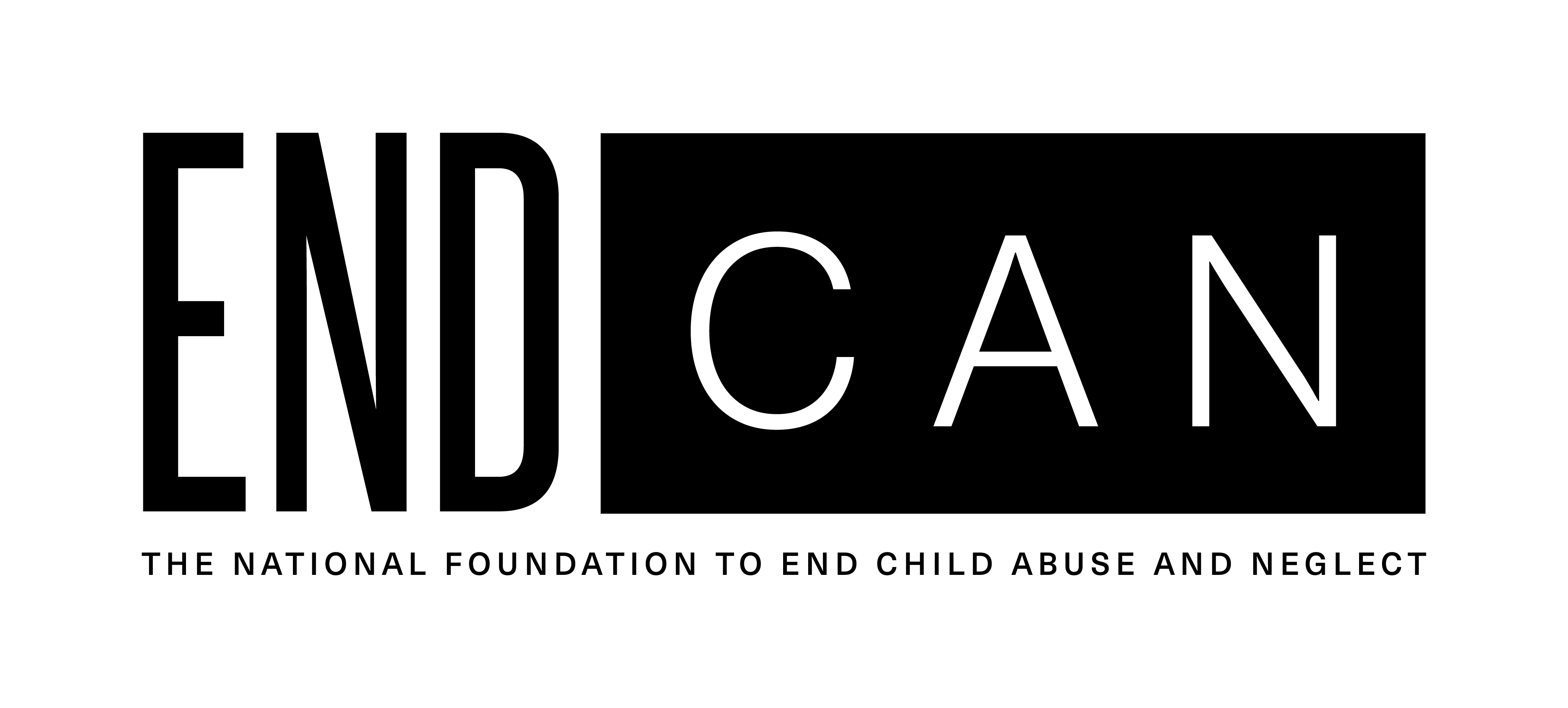

Dr. Richard Krugman
EndCAN Co-Founder & Board Chair
Episode 8: 25 People that Could Have Saved a Baby
In 1968, Dr. Krugman witnessed his first case of child abuse when a mother brought a baby into a Denver emergency room claiming the child stopped breathing at some point during a movie. Dr. Krugman and his colleagues discovered that not only was the baby deceased, but he was also severely beaten and injured. Dr. Krugman outlines the interactions the mother and the baby had with hospital, public health, police, and social services professionals in the months before the baby’s death – and how 25 of those professionals failed at providing the mother with support and the baby with protection.
Episode Transcript
Transcript of the Louder than Silence Podcast
Episode #8: 25 People that Could Have Saved a Baby
Transcribed by Lyndsay Lack
[Inspirational theme music plays.]
>> Lori: Thank you for joining us. In this podcast, we are real people, talking about real things. Child abuse and neglect: a topic that is all too often left in the shadows of silence, leaving survivors alone, fearful, and often times without a voice. We’re having conversations to become louder than silence. It is here, where we will invite you to join us and be the change needed to end child abuse and neglect.
>>Dick: This is Dick Krugman, I’m Chair of the Board of the National Foundation to End Child Abuse and Neglect, and a pediatrician for the last 50 years. My career in child abuse and neglect has a lot to do with a man named C. Henry Kempe. Henry has a book written about him by one of his daughters, Annie, so if anything I say in this podcast makes you want to learn more about him, the book is called, “A Good Knight for Children” by Annie Kempe.
Henry was a pediatrician, he was Chair of the Department of Pediatrics here at the University of Colorado School of Medicine. In 1962, he wrote, with several other colleagues, what is called a “landmark” paper by the American Medical Association, titled, “The Battered Child Syndrome.” It was that paper and Henry’s work that led to this country’s recognition of the problem of abuse we were ignoring and not dealing with. It was Henry’s work that led to every state passing mandatory reporting laws for those who suspect abuse and are professionals working with children. He did that in the late 1960’s. In 1972 he started a center called The National Center to Prevent Child Abuse and Neglect, actually it was The National Center for the Prevention and Treatment of Child Abuse and Neglect, and it was located here in Denver. Henry’s work spanned 20 years in this field, yet his background was in pediatric infectious disease. He was very involved in smallpox research, and the research around measles vaccines, and I actually first heard him speak when I was a medical student at New York University in 1967 when he gave a talk called, “The Battered Child Syndrome.”
I came home that night as a medical student and said to my at that time young wife- we had been married for about nine months- I said, “I think I want to go to Denver for my internship because this guy, Henry Kempe, is an amazing person,” and she said, “Well, you promised me water, Denver doesn’t have any water,” and I said, “Well let’s see how it goes.” So in the summer of 1967, we took a quick trip around the country looking at internships. Denver was the first stop, we then went to Seattle, and San Francisco, and Stanford, and L.A., all of which had a lot of water nearby. But as it turns out I wound up here in Denver for my internship and we started here in 1968 – June 23rd, ’68, was actually the first day.
I saw my first case of child abuse on December 1st, 1968. I was an intern in the emergency room at Denver General Hospital, and at nine o’clock at night, a young mother brought her baby to the emergency room and she said she had been at the movies with the baby and when the lights came up she noticed that the baby wasn’t breathing, and so she brought him to Denver General. When we examined the baby, the baby was very dead. The next morning, the Denver coroner – medical examiner – examined the baby, and we found twelve rib fractures, skull fractures, brain injuries, and a ruptured liver and spleen in the abdomen, and it was clear that the baby hadn’t just stopped breathing. The baby had been severely beaten.
Henry Kempe asked me to spend the next week looking into the records at Denver General and at Colorado General hospital – the medical records for that mother and baby, because he wanted me to present the next Friday afternoon at a conference that we called a CPC, it’s a Clinical Pathologic conference, and it’s where when we think mistakes have been made, we learn from our mistakes in medicine. So I spent the next week looking at the records and I presented the case and it really started where this woman, the mother, in the eighth month of her pregnancy, had a knock on her door. In 1968 in Denver, every newborn baby was visited the day after it got home by a public health nurse. A public health nurse was visiting a new baby and mother in this particular apartment building, and the mother said to the nurse, “You know, I’m worried about my neighbor, I think she’s about eight months pregnant, and I don’t think she’s gotten any help and she seems to be depressed.” So the public health nurse knocked on the door, she grabbed the mother by the hand and said, “We’re going to the hospital to get you checked,” and when they got to the hospital at Colorado General in the OB clinic, the note said, “Depressed mother, no prenatal care, has only gained fifteen pounds during her pregnancy, seems to need help, referred to social worker.” Now the social worker was sick that day, and so they gave the mother an appointment to come back the next day, and the next thing in the chart said she missed that appointment.
The next thing in her chart was a month later when she came into the emergency room and she was in labor. She delivered her baby and for the next three days was in the hospital – that’s how long we kept people in the 60’s – and the nurse’s note said she seems to be depressed, she seems not to be very interested in the baby, and they worried about her and they sent a referral to social work at Denver Social Services and a public health nurse referral. The next note in the chart came back from a social worker which said Denver Social Services says that there’s no abuse yet so there’s nothing they can do. The public health nurse note came back and said there was no answer at the door, and the next in the baby’s chart showed that at two weeks of age the mother brought the baby to the emergency room at eleven at night and said the baby has a rash and she wanted to have the baby’s rash taken care of. A colleague of mine who was the intern wrote a very short note in the chart, he said, “Subjective: The mother says the baby has a rash. Objective: I examined the baby, there is no rash. Assessment: Well baby. Plan: Gave her a lecture on the appropriate use of the emergency room, and 2) Told her to come back if the rash comes back to see a dermatologist.” The next note in the chart was a month later and the baby was seen in the pediatric clinic by a third-year medical student. Like many medical students, there was a five page note – two pages describing the history, and a page and a half of physical exam – and the assessment for this baby was that the baby had an upper respiratory infection, a cold. The plan was to use saline nose drops, a bulb syringe, and come back if things get worse. One of the things the medical student noted, but wasn’t discussed, was that the baby had two small bruises on the right arm, and some linear bruises – longer bruises – on his chest. The attending who checked out the baby said, “Agree with the above,” and signed his name.
The next note in the chart was a month later, when the baby came in and the mother said he hadn’t been moving his right arm for two days. An x-ray showed that the baby had a spiral fracture of the humerus, which is the big bone in the upper part of your arm, and he was admitted to the hospital and a report was made to Denver County. A police officer by the name of Sam Wood came out to see the baby, he said it looks like abuse, he referred the case to Child Welfare, they didn’t take reports unless the police gave it to them in those days, and they sent a worker out to the home, and the next day the report came back that the house was neat and clean, it was okay to send the baby home, and the baby was sent home. The next time the baby was seen was when I saw the baby dead at Denver General emergency room.
Through this whole story, Henry was putting marks on the blackboard, and at the end of my story there were twenty-seven marks. The twenty-seven marks, he said, each represented a professional who, in his view, could have prevented the death of this baby. Only two of the twenty-seven, the public health nurse at the beginning, and Sam Wood, the policeman, did their job correctly. Everyone else completely failed in recognizing that this was a mother desperately in need of services before she killed her baby – and that made a huge impression on me. Not just the behavior of the mother that would do such a thing to her baby, but the behavior of society – professionals – that would ignore. So I kind of got intrigued by child abuse as an area, and for the next three years of my residency I saw a lot of cases. When I came back to the Department of Pediatrics in 1973 after two years in the service, I found myself doing this work, and covering for Henry when I could, and eventually in 1980 he asked me to be Director of The Center. So that’s a brief history of my first case and this is Dick Krugman.
[Inspirational theme music plays.]
>>Lori: I want to thank each of you again for joining us today and listening in. If you or someone you know is being abused, please call 1-800-4-A-CHILD. To learn more about EndCAN, visit www.endcan.org or find us on all social media platforms. Join us in being Louder than Silence and being a part of the change. Please leave a comment, like our podcast, or share with your friends. The more the word spreads, the more of a collective impact we can have. If you have a question or you know someone who would want to be a guest on our podcast, please contact bethechange@endcan.org. Thanks again, and have a great day.
<END>


